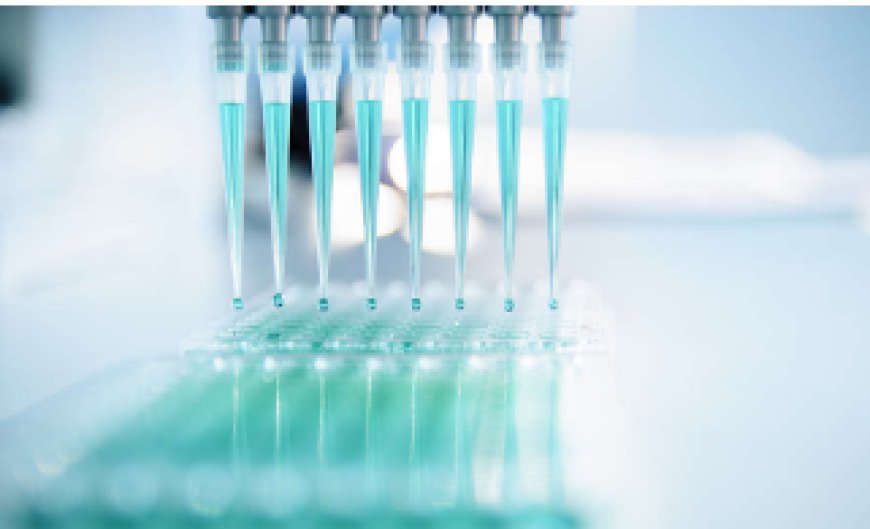Liposomal Technology: A New Frontier in Drug Delivery Systems
In recent years, the field of drug delivery has witnessed significant advancements, with a particular focus on improving therapeutic efficacy while minimizing side effects. Among the innovative technologies, liposomal drug delivery stands out as a promising approach. This article explores the latest developments in liposomal technology, with a special emphasis on LNP synthesis and its role in enhancing drug delivery systems.
Liposomal technology involves the use of liposomes, which are small vesicles composed of lipids that can encapsulate drugs. These lipid bilayer structures mimic cell membranes, allowing for the encapsulation of both hydrophilic and hydrophobic drugs. Liposomal drug delivery offers several advantages, including targeted delivery, reduced systemic toxicity, and improved bioavailability.
A critical aspect of liposomal drug delivery development is the synthesis of liposomal nanoparticles (LNPs). LNPs are nanoscale liposomes that have gained attention for their ability to improve drug stability, enhance cellular uptake, and provide controlled release of therapeutic agents.
Several techniques are employed in LNP synthesis, including the thin-film hydration method, reverse-phase evaporation, and microfluidic methods. The thin-film hydration method involves lipid dissolution in an organic solvent, followed by solvent evaporation to form a lipid film. Hydration of this film results in the formation of liposomes. Each method has its unique advantages, allowing researchers to tailor LNPs for specific drug delivery requirements.
LNP synthesis has evolved to overcome challenges such as low encapsulation efficiency and drug leakage during storage. Novel approaches, such as the use of supercritical fluid technology and microfluidics, have demonstrated enhanced control over particle size, drug loading, and release kinetics. These advancements contribute to the development of more efficient and stable liposomal formulations.
LNP synthesis has evolved to overcome challenges such as low encapsulation efficiency and drug leakage during storage. Novel approaches, such as the use of supercritical fluid technology and microfluidics, have demonstrated enhanced control over particle size, drug loading, abd release kinetics. These advancements contribute to the development of more efficient and stable liposomal formulations.
One of the key advantages of liposomal drug delivery is its potential for targeted drug delivery. By modifying the surface properties of liposomes, researchers can achieve site-specific drug release, minimizing off-target effects and improving therapeutic outcomes.
Surface modification techniques, such as PEGylation and ligand conjugation, enable the design of liposomes with prolonged circulation times and enhanced affinity for specific cells or tissues. This targeted approach not only improves drug delivery precision but also reduces the required therapeutic dose, mitigating potential side effects.
The continuous advancements in liposomal technology, particularly in LNP synthesis and targeted drug delivery, are reshaping the landscape of pharmaceutical development. These innovations not only improve the effectiveness of drug delivery but also pave the way for personalized and precision medicine. As research in this field progresses, the translation of these technologies from the laboratory to clinical applications is expected to bring about transformative changes in the way approach drug delivery and treatment modalities.

 cailynnjohnson
cailynnjohnson 